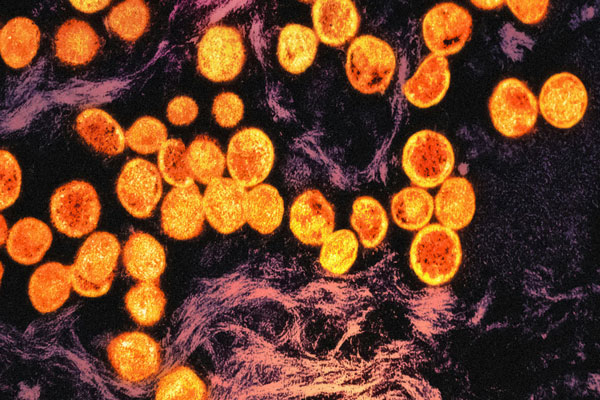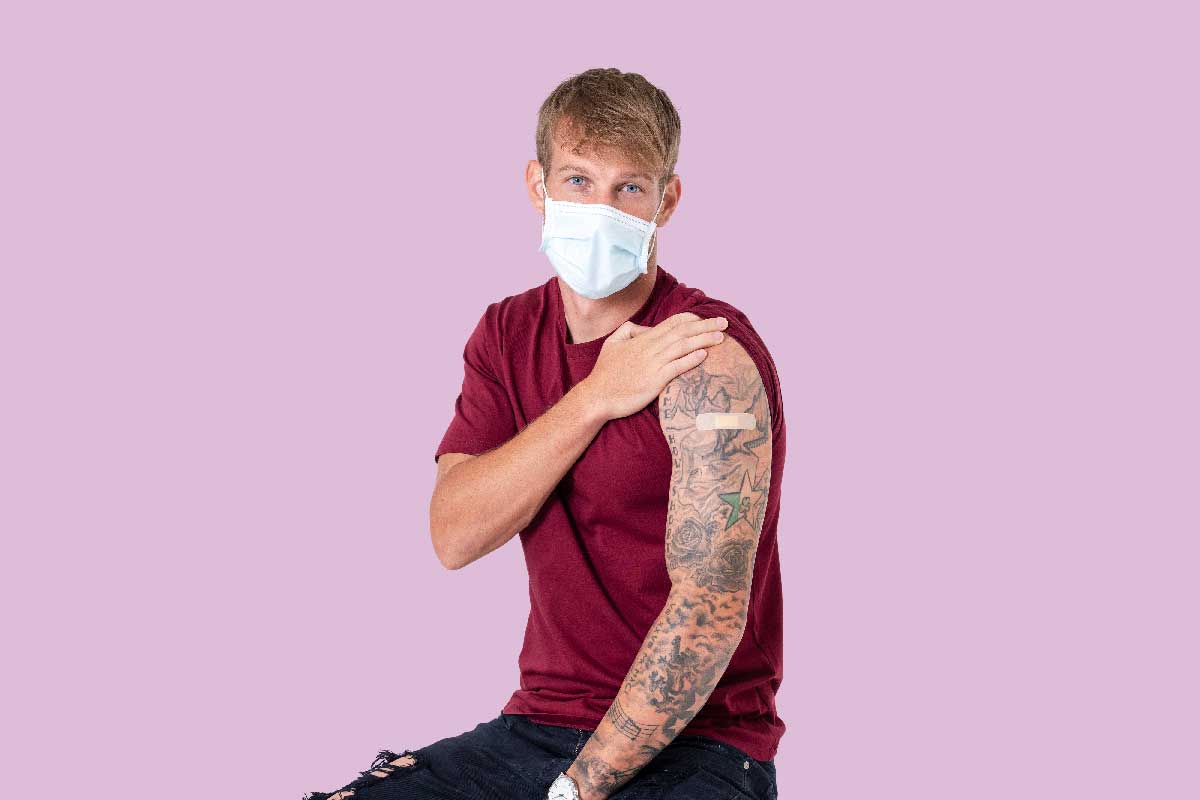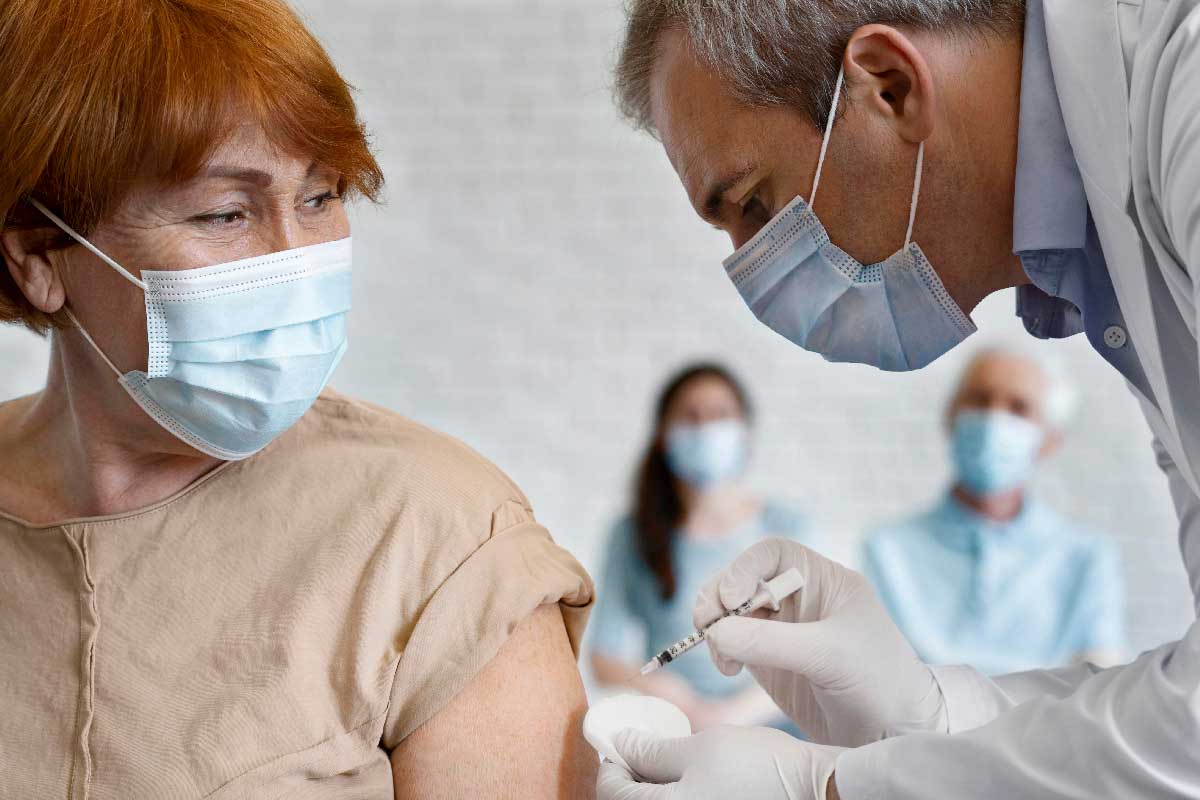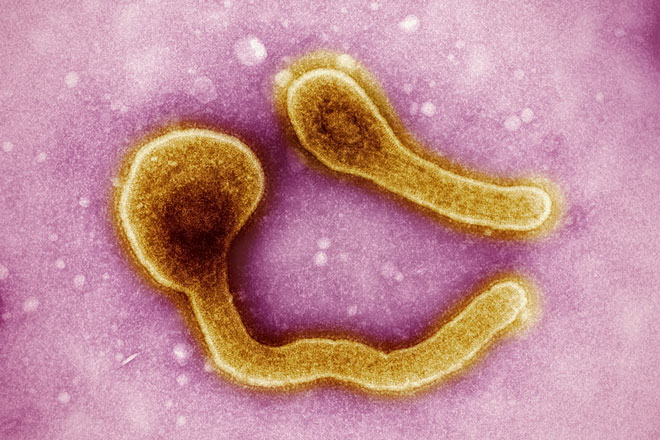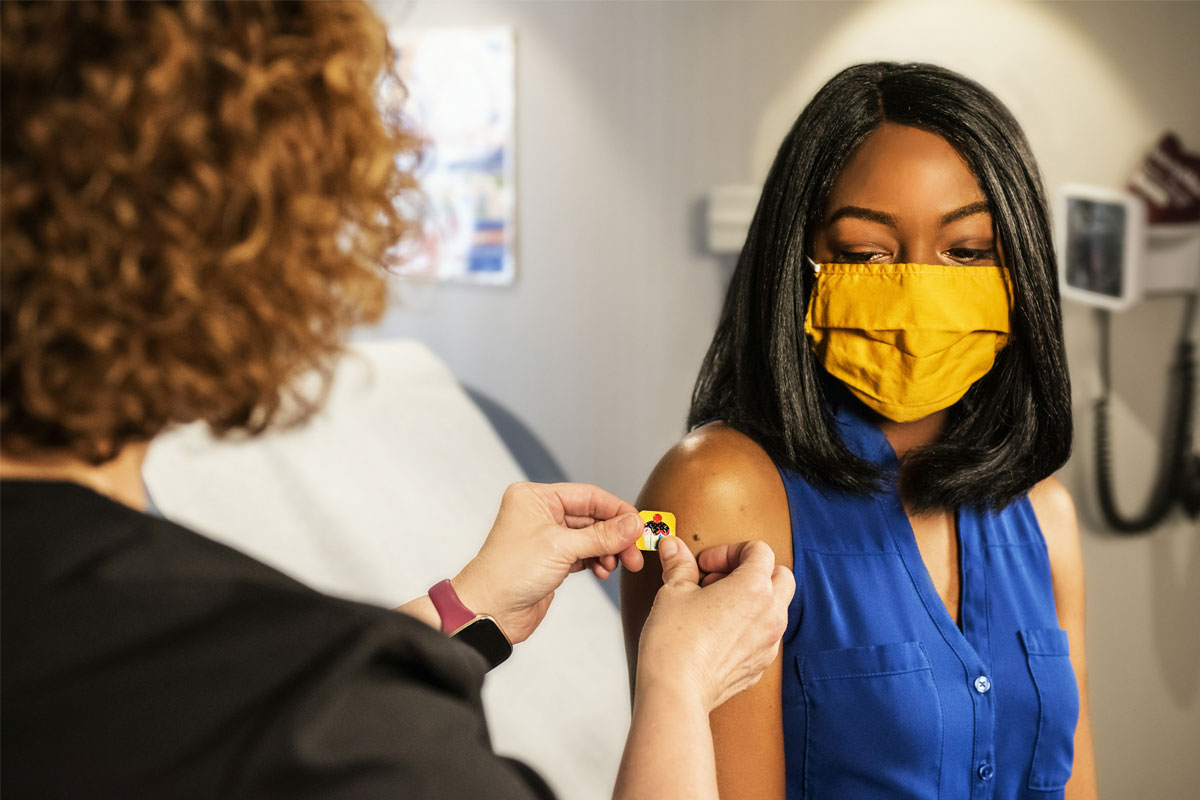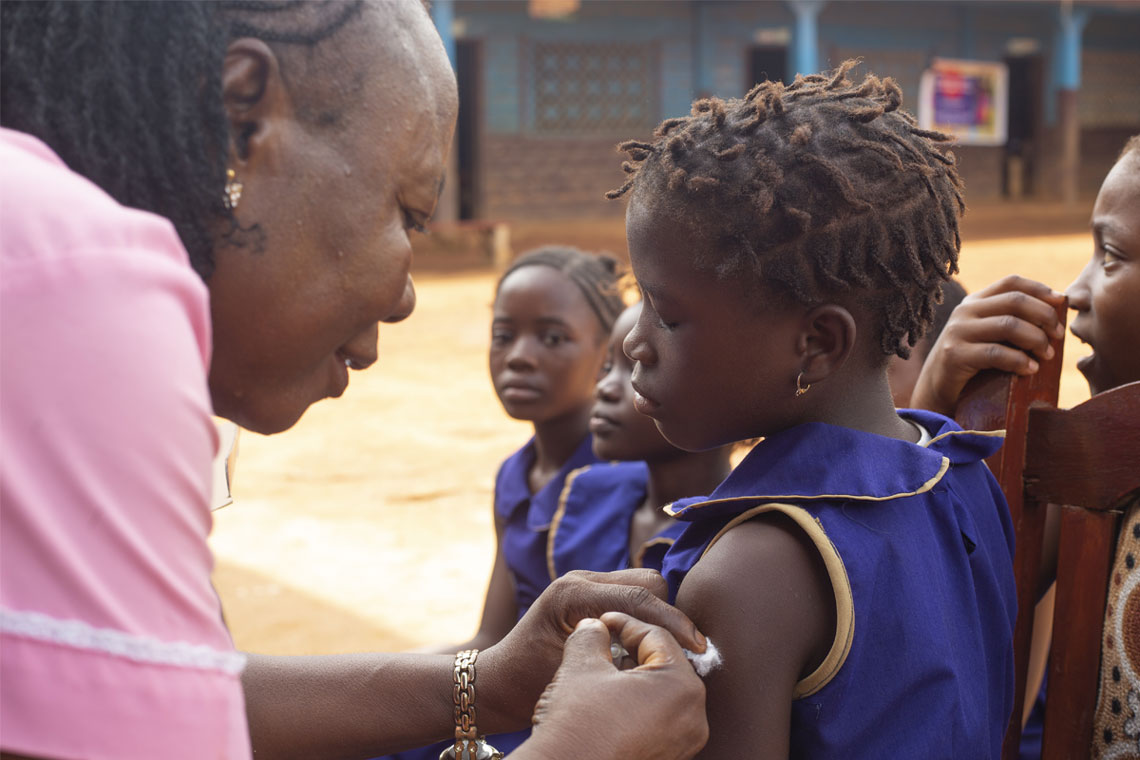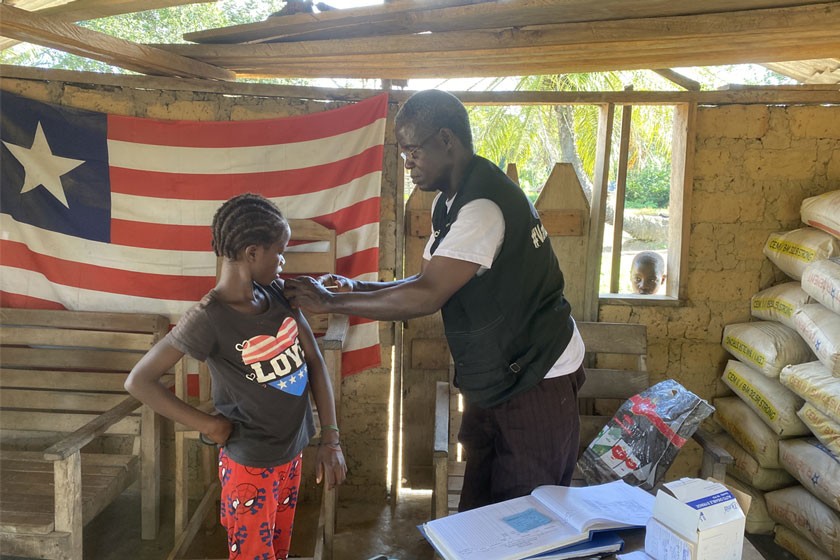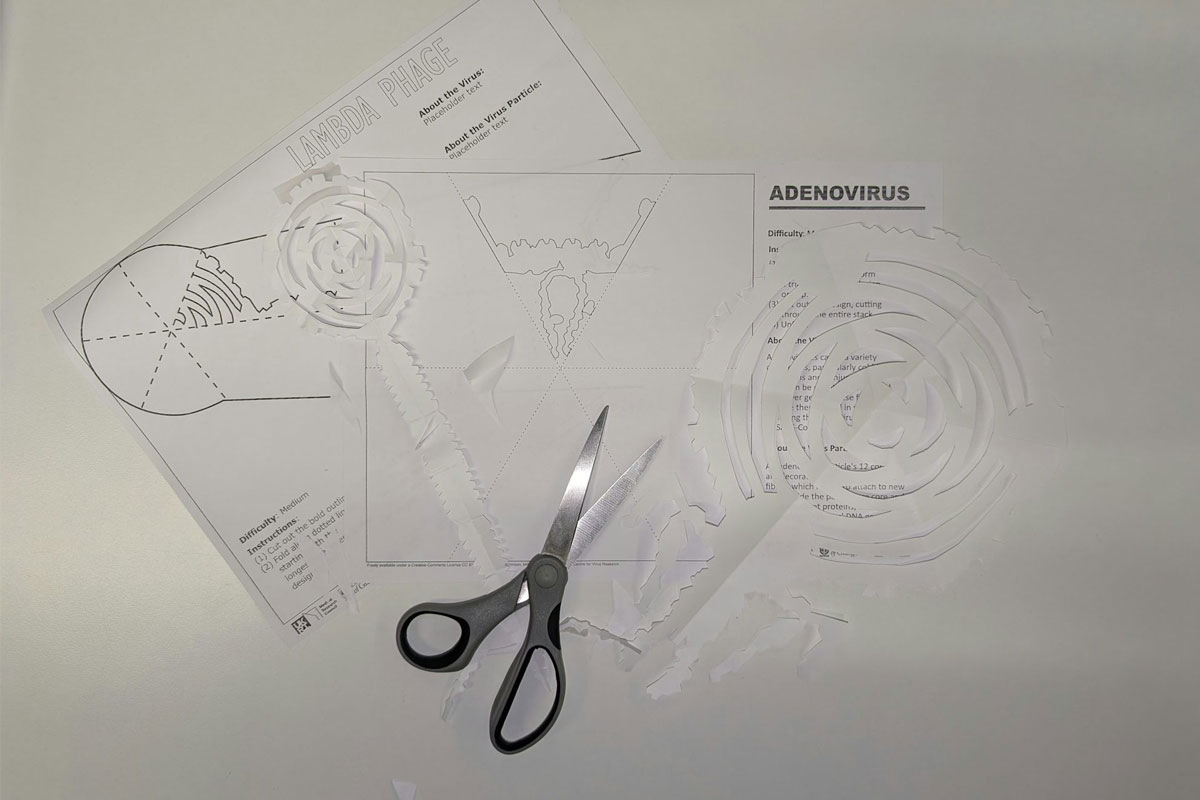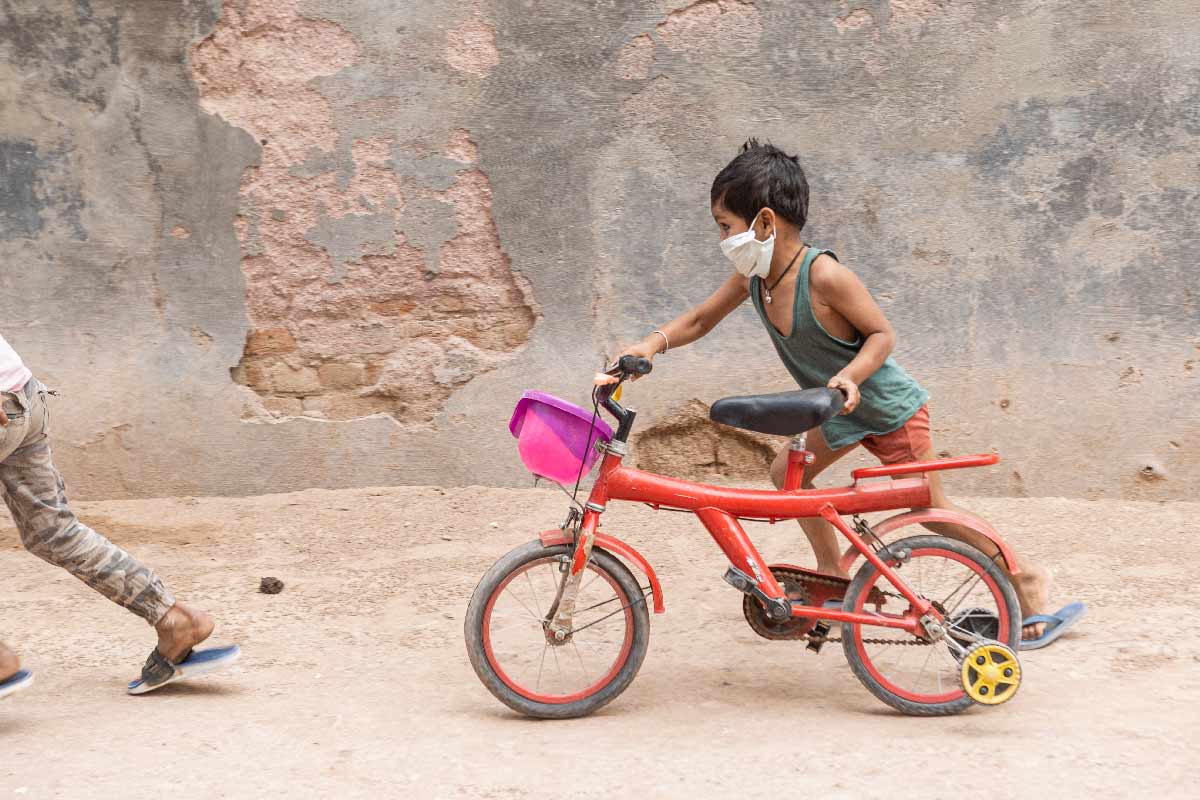How Gavi’s pioneering co-financing model ensures sustainable vaccine programmes
Countries are moving toward greater financial ownership, soon contributing 25% of the cost of Gavi-supported vaccine programmes. VaccinesWork spoke to Emmanuel Bor, Gavi’s Director A.I. of Immunisation Financing and Sustainability, to understand how important co-financing has been.
- 23 May 2025
- 6 min read
- by Priya Joi
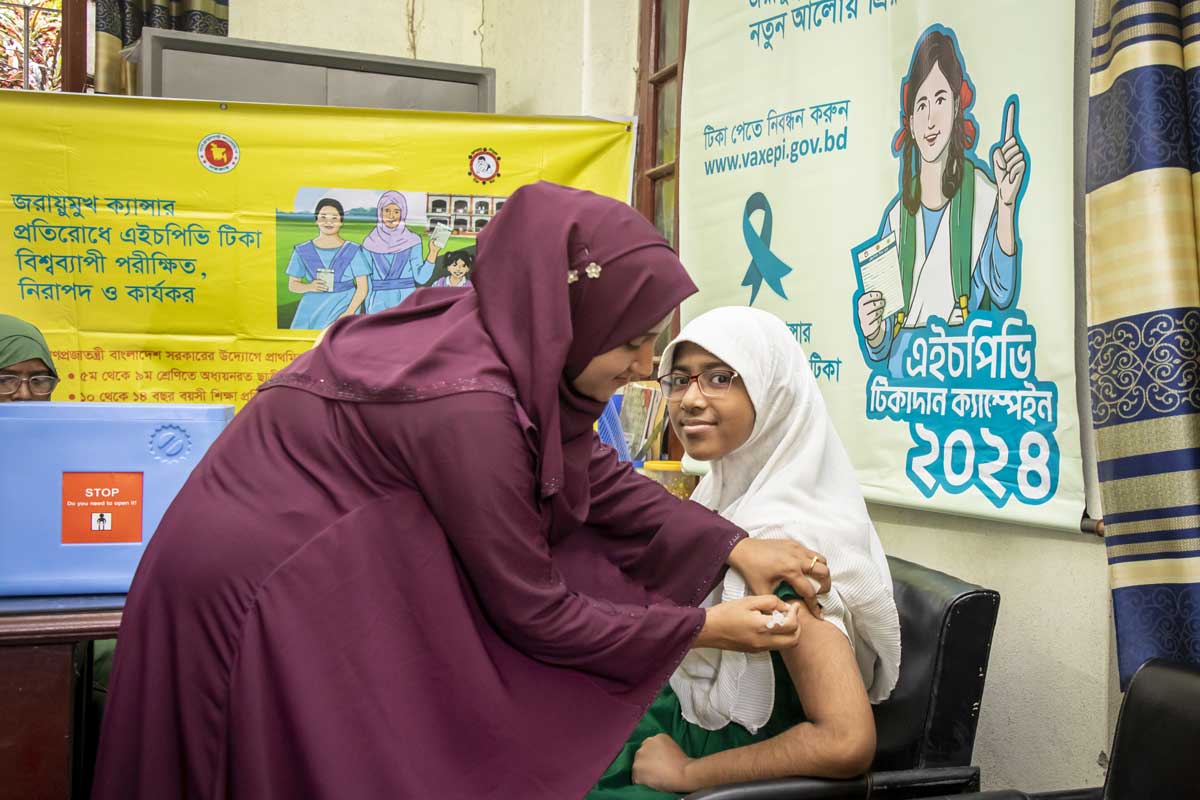
In 2024, countries contributed a record amount of co-financing for vaccines that Gavi supports, which is set to keep rising – what is driving this increase?
Yes, in 2024, countries contributed a total of US$ 255 million, which is currently estimated to increase a further 22% to US$ 311 million by the end of 2025. The increase is mainly due to three factors.
One is the fact that countries are expanding their vaccine portfolios, so as countries are paying a share of the vaccines that they introduce, they also increase the domestic resources required for those new vaccines.
Another factor is related to Gavi’s policy that the co-financing required from countries is related to their GNI (gross national income) per capita, which is a proxy to assess their ability to contribute to the vaccines’ costs.
This policy is a way to ensure a progressive transition towards full country self-financing of vaccines, full sovereignty over their immunisation programmes and full sustainability. So, as countries are seeing their income growing, they are more able to be self-sufficient – Bangladesh for instance, is very close to fully self-financing its vaccine programmes.
A third factor is associated with the population growth in countries supported by Gavi, with more vaccine doses required every year to vaccinate the new and growing birth cohorts.
In addition, some countries may see their co-financing increasing in line with progressive improvement in immunisation coverage as more vaccines, and consequently more funding, are required.
How long has co-financing been a key Gavi policy?
Since fairly early on in Gavi’s history. It began in 2008, so it's been already 17 years. This approach has already helped 19 countries to transition to fully self-financing their routine immunisation programmes.
That's quite unique, because there are not many organisations in global health that actually accompany countries in this way on their path towards becoming self-reliant. The intent of Gavi’s co-financing model is that countries eventually sustain their own core immunisation programmes.
Part of why Gavi’s co-financing programme has been successful is that country investments are both tangible and have an enormous payoff – cofinancing is not a payment made to Gavi, but a payment made directly for the procurement of vaccine doses. Everyone can see exactly where the money goes.
There is also solid data that shows that every US$1 invested in vaccines is estimated to return US$54 in benefits. So, governments – and especially ministers of finance – see these co-financed vaccines as more as an investment than an expenditure.
Is the main idea for countries to have autonomy and feel invested and have ownership of their immunisation programmes?
Absolutely, and I would also add an important word is “sustainability” because it’s really about building sustainable programmes.
Over the past few years, 100% of countries have been able to pay the co-financing that is due, excluding a limited number of countries facing humanitarian crisis.
The shift to self-funding vaccine programmes cannot happen overnight, however. That's why we have a carefully staged process where Gavi progressively reduces its support, while countries make progressive, gradual efforts in terms of increasing their resources towards immunisation,
And presumably, it helps that, if a country has a budget line already for something, they can increase it, but it's very hard to create funding out of nowhere?
Yes, exactly. Gains in national budgeting usually work by increasing funding incrementally. It’s much more difficult to create a new line with the full budget.
The Gavi Board has taken fiscal challenges faced by countries into consideration and thus in 2022 extended the duration of accelerated transition from five to eight years, precisely to make sure that this trajectory towards full ownership of the programmes and full financing by countries of their immunisation programmes that were initially supported by Gavi, was done in a sustainable manner.
In the past, this trajectory happened over five years, and supported successful transition for countries with higher GNI per capita and higher income levels, such as some countries in Latin America or in Asia. But countries currently approaching transition have lower GNI per capita levels and will need more time to keep increasing their co-financing year on year.
What happens if a country cannot – or does not – pay its co-financing commitment
Over the past few years, 100% of countries have been able to pay the co-financing that is due, excluding a limited number of countries facing humanitarian crisis.
This speaks to the strong commitment of Gavi-eligible countries towards sustainable financing of their immunisation programmes. We do take into account exceptional situations of countries facing humanitarian crisis. And in those situations, Gavi may approve co-financing waivers.
When countries default on payments, they do not get any new support approved by Gavi, and Gavi support for existing programmes stops if the arrears are not cleared within a year.
In a paper we just published on co-financing, the data shows we been able to really limit those exceptions to extreme situations, and co-financing waivers represent less than 4% of total annual co-financing.
We regularly review our model to ensure that the rules are fit for purpose and that they align as much as possible with the fiscal space realities of countries, while supporting countries’ efforts to protect and prioritise health expenditure. The co-financing of Gavi-supported programmes represents, in most cases, less than 2% of government health expenditure.
Gavi takes the partnership with countries seriously, which means that with support comes country responsibilities and consequences for not paying co-financing.
When countries default on payments, they do not get any new support approved by Gavi, and Gavi support for existing programmes stops if the arrears are not cleared within a year. While a small number of defaults on co-financing payments have happened in the past, we have always been able to agree with countries on clear payment plans for those co-financing arrears.
Countries did clear the co-financing arrears, and no interruption of Gavi support has ever happened.
Have you read?
How is co-financing expected to evolve over the next five years?
Well, we have US$ 4 billion projected of vaccine financing by current and former Gavi-eligible countries during 2026–2030.
This includes both the co-financing expected to be mobilised by Gavi-supported countries, and the vaccine financing of those 19 countries that have transitioned out of Gavi support and are now fully self-funding the vaccine programmes they initially introduced with Gavi support.
So about US$ 2 billion is from those 19 countries and another US$ 2 billion from co-financing from current Gavi-supported countries.
And we expect to see Gavi-eligible countries co-finance about 24% of the vaccine programmes supported by Gavi in 2026–2030 (compared to 16% in 2019–2024), which is a positive move towards sustainable vaccine programmes owned by the countries themselves.
